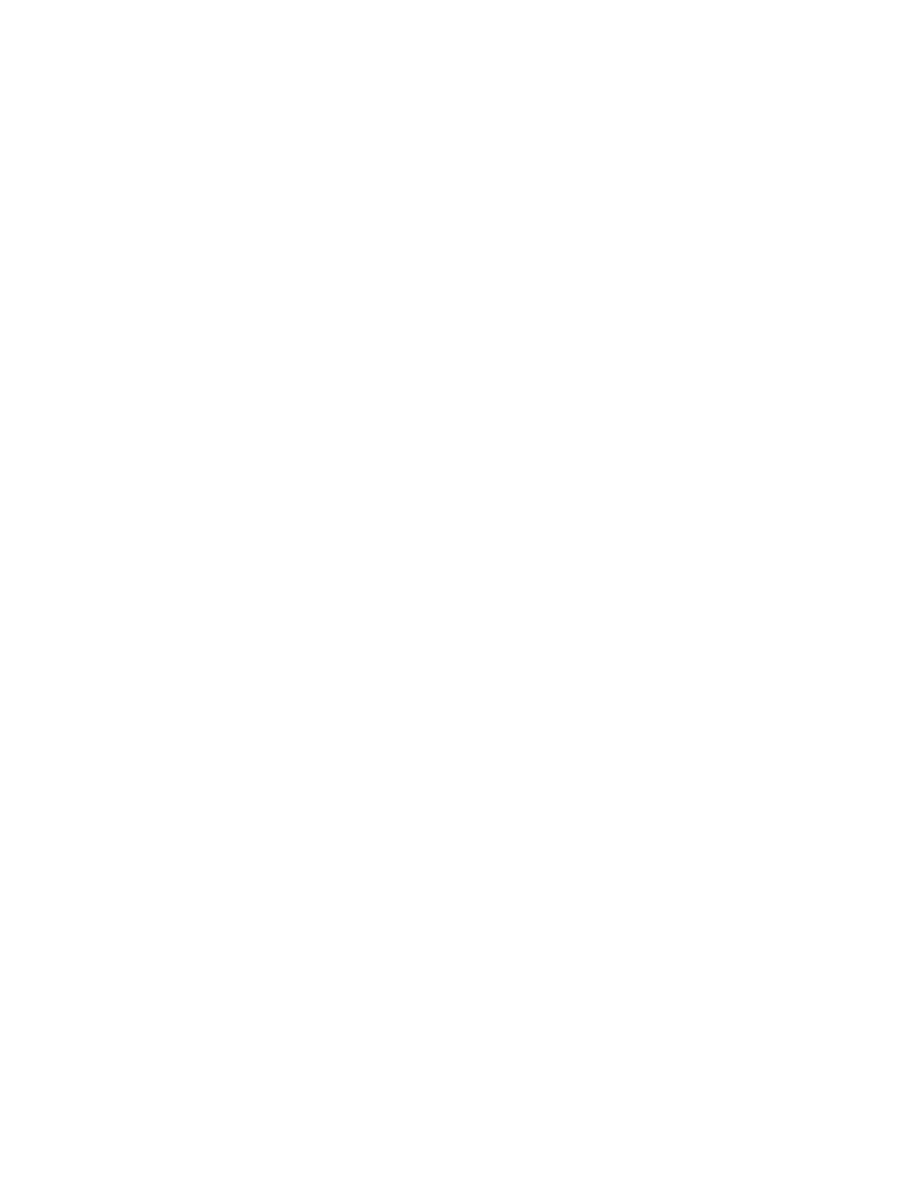
| Tweet |

Custom Search
|
|

|
||
 TB 55-1900-201-45/1
Note 1. The values in column B are minimum operating diametric clearances for the wet installation of lignum vitae
and laminated phenolic bearing materials. The values also apply to metal bearing materials which are not dimensionally
changed due to water absorption. Suitable diametric swelling allowance for bearing wearing materials, which expand
due to water absorption, must be added. The allowances for these materials are as follows: allow 1 percent of the total
wearing material thickness for stave-type bearings with cotton fiber laminations that are perpendicular to the Journal
surface (this 1-percent allowance should be added to column B); allow 3 percent of the total material thickness for stave-,
segment-, or tube-type bearings with cotton fiber laminations that are either parallel or concentric to the journal surface
(this 3- percent allowance should be added to column B).
Note 2.
In measuring clearances of bearings, take readings with dial gage with the stock jerked forward, aft to
port, and to starboard. If dial gage readings at a given bearing indicate an excessive amount of bearing wear, that par-
ticular bearing should be renewed.
Note 3.
When laminated phenolic or lignum vitae bearing material is installed wet, no allowance for diametrical,
longitudinal, or circumferential swelling will be necessary. Wet installation of lignum vitae bearings is the only acceptable
method of installation of this material.
Note 4.
When the maximum allowable clearance given in column C is exceeded, replacement of bearings is nec-
essary. This should be done if there is evidence of excessive leakage at the stuffing boxes, excessive noise, chatter, or
vibration, or other undesirable effects attributable to excessive bearing clearances. The bearings should be renewed
even though the maximum allowable clearances are not exceeded.
Note 5.
Laminated phenolic material should conform to Military Specification MIL-P-18324. In stave form, it
should be installed with the edges of cotton fiber laminations perpendicular to the Journal surface. When laminated phe-
nolic material is installed dry, the swelling allowances specified in Note 1 should be applied to correct for diametrical,
longitudinal, and circumferential swelling of the material.
Table C-2. Recommended Clearances for Rudder Bearings (Sheet 2 of 2).
C-4
|
||
 |
||